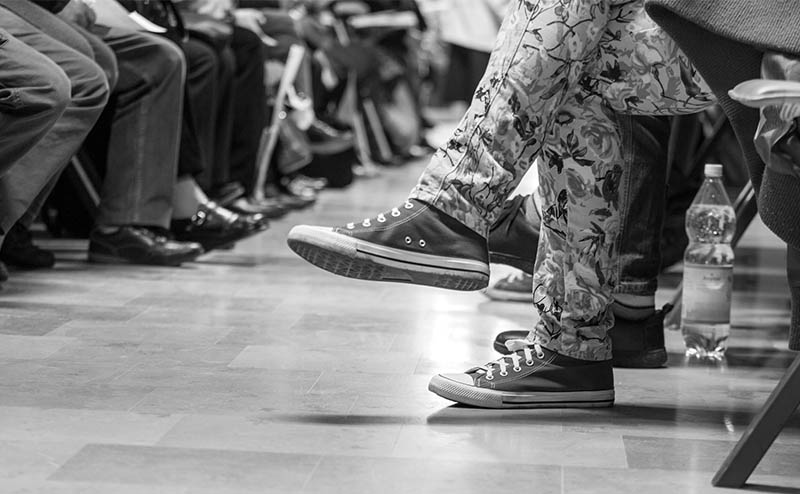WASHINGTON, D.C.—As emergency departments get inundated by the “triple threat” of flu, COVID-19, and pediatric respiratory illnesses like respiratory syncytial virus (RSV), emergency physicians are leading the call to address the widespread challenge of patient “boarding”—where admitted patients wait for an inpatient bed or appropriate care transfer—which in recent months has brought our nation’s emergency departments to a breaking point.
This week, the American College of Emergency Physicians (ACEP)—along with more than 30 leading medical associations, patient advocacy groups, and public health and safety expert organizations—sent a letter to the President imploring the White House to convene a summit of health care leaders to identify immediate and long-term solutions to this urgent problem.
According to the letter, emergency departments are gridlocked and overwhelmed with patients waiting—waiting to be seen; waiting for admission to an inpatient bed in the hospital; waiting to be transferred to psychiatric, skilled nursing, or other specialized facilities; or, waiting simply to return to their nursing home.
“Boarding has been an unresolved, systemic challenge for decades, but it’s currently at a level that we’ve never seen,” said Christopher S. Kang, MD, FACEP, president of ACEP. “Patients with nowhere else to go are being held in emergency departments for days, weeks, or even months in some cases. Boarding is straining our system, accelerating emergency physician burnout, and putting patients’ lives at risk.”
To better illustrate the heart-wrenching magnitude of the problem, ACEP collected more than 100 stories from emergency physicians all over the country that show the severe consequences of boarding on emergency care teams and their patients. It’s clear, boarding doesn’t just impact those waiting to receive care elsewhere. When emergency department beds are already filled with boarded patients, other patients are deteriorating and, in some cases, dying waiting hours to be seen by a physician.
While the challenges are systemwide and multifactorial, collective action is urgent and necessary to help emergency departments address this crisis, sustain patient and community access to care, and continue to save lives.
'If the system is already this strained during our “new normal,” how will emergency departments be able to cope with a sudden surge of patients from a natural disaster, school shooting, mass casualty traffic event, or disease outbreak?' the letter asks.
 American College of Emergency Physicians
American College of Emergency Physicians







